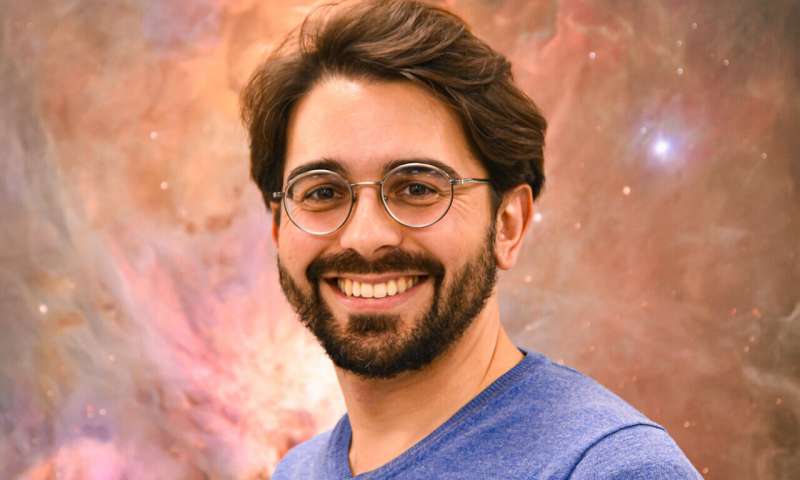
In 1666, Isaac Newton laid out his three laws of motion, still recited by physics students around the world:
- An object will remain in a state of inertia unless acted upon by force.
- The relationship between acceleration and applied force is F=ma (force equals mass times acceleration).
- For every action there is an equal and opposite reaction.
These simple yet elegant assertions worked wonderfully to describe the basic physics of how things interact in the universe. However, Newton ran into a lot of trouble when he tried to establish how these laws relate to the Earth, moon, and sun.
Newton found it trivial to describe how Earth orbits the sun using the laws of motion. But when a third celestial body was added, such as the moon, the equations became impossible to solve — and they’ve stayed unsolvable to this day. Enter the “Three-Body Problem”.
Newton’s laws of motion work fine when you use them to compute the movements of two bodies orbiting a center point. The equations break down when calculating the movements of three objects of comparable size and distance from the center point. Immediately, a power struggle ensues that throws the entire system into chaos.
The three-body problem is hugely challenging because it is a chaotic system, which in mathematical language means it requires an extremely precise understanding of where the three objects start. You might have heard of the butterfly effect — the idea that small variances in the initial conditions of a system could have profound and widely divergent effects on the system’s outcome. The three-body problem is inherently affected by the butterfly effect, immediately challenging Newton’s probabilistic mechanical interpretation of a “clockwork universe”.
It turns out that a general solution to the problem is essentially impossible due to chaotic dynamics, which Henri Poincaré discovered in 1890.
“There are solutions for special cases, but there’s not a simple formula to give you a general solution,” Richard Montgomery, a distinguished professor of mathematics at University of California Santa Cruz, wrote in an article for Scientific American.
Dr. Nicholas Stone at the Hebrew University of Jerusalem’s Racah Institute of Physics and Professor Nathan Leigh at Chile’s La Universidad de Concepción attempted to solve the three-body problem from a different angle.
Previously, research showed that unstable three-body systems will eventually expel one of the three bodies engaged in the power struggle, forming a stable binary system made of the remaining two bodies — it’s on this relationship that the two scientists focused their attention.
“When we compared our predictions to computer-generated models of their actual movements, we found a high degree of accuracy,” said Stone.
Writing in the journal Nature, the duo of astrophysicists say that their results do not represent an exact solution to the three-body problem, but rather a statistical approximation with real-life applications. For example, it could be useful when scientists want to model and visualize complicated physical processes.
“Take three black holes that are orbiting one another. Their orbits will necessarily become unstable and even after one of them gets kicked out, we’re still very interested in the relationship between the surviving black holes,” said Stone.









